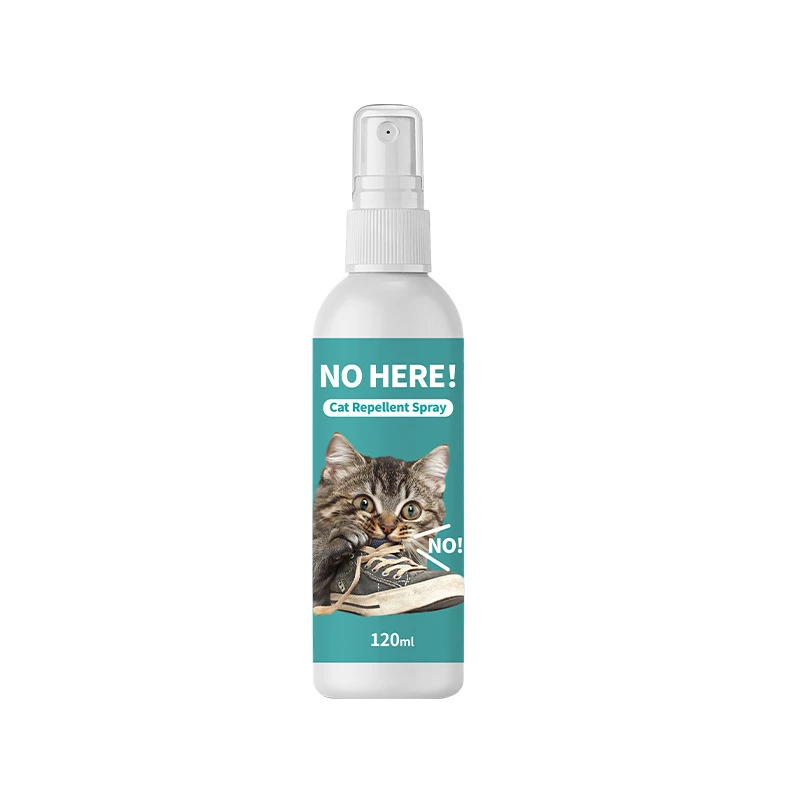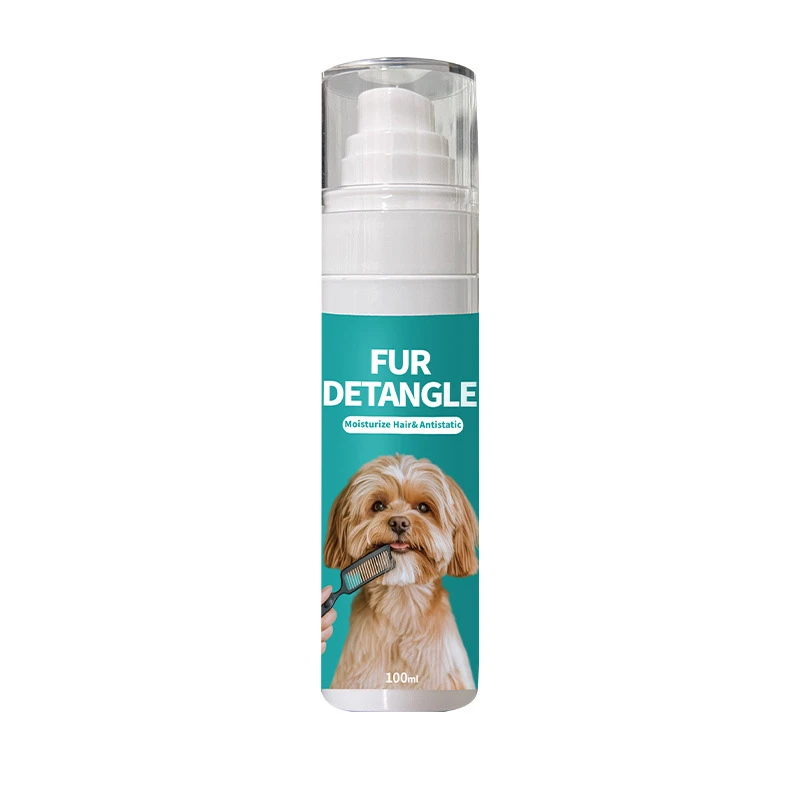Cat Repellent Spray
Cat repellent sprays work by using natural or synthetic ingredients that produce a scent or taste that cats find unpleasant, discouraging them from scratching, marking, or entering restricted areas. These sprays often contain citrus, peppermint, eucalyptus, or other essential oils that are safe for cats but deter them from returning to the treated spots. Some formulas also include bitter agents to prevent cats from chewing on furniture, plants, or electrical cords. The spray is designed to be used on furniture, carpets, doorways, gardens, and other areas where cats are not wanted. Regular application is necessary to maintain effectiveness, especially after cleaning or rain. Unlike harsh deterrents, high-quality cat repellent sprays do not harm pets but help train them to develop better behavior.
Is Cat Repellent Spray Safe for Pets and Humans?
Yes, most cat repellent sprays are formulated with pet-safe and non-toxic ingredients, making them safe for both cats and humans when used as directed. Many products use natural plant-based extracts that are effective but gentle. However, it is important to avoid direct contact with your cat’s eyes, nose, or mouth, as strong scents might cause temporary discomfort. If the spray is used indoors, proper ventilation is recommended. Always check the ingredient list for any known allergens and conduct a patch test before applying it to large areas. Keeping the product out of reach of children and reading the manufacturer’s instructions ensures safe and effective use.
How Long Does a Cat Repellent Spray Last, and How Often Should It Be Applied?
The effectiveness of cat repellent spray varies depending on the formulation, environmental conditions, and the area of application. In general, most sprays provide protection for a few hours to several days. Outdoor applications may need to be reapplied after rain or strong winds, while indoor use may last longer unless the area is frequently cleaned. Consistent application over a period of weeks helps reinforce behavioral training and ensures that cats stay away from restricted areas. For best results, follow the usage instructions on the product label and combine the spray with other deterrent methods, such as training and environmental modifications.
faq
Cat Repellent Spray FAQ
-
Q1: Can cat repellent spray be used on all surfaces?
 A1: Most sprays are safe for furniture, carpets, and outdoor areas, but always test on a small area first.
A1: Most sprays are safe for furniture, carpets, and outdoor areas, but always test on a small area first. -
Q2: Will cat repellent spray harm my plants?
 A2: Most plant-based sprays are safe for plants, but check the label to confirm.
A2: Most plant-based sprays are safe for plants, but check the label to confirm. -
Q3: Can I use cat repellent spray to stop my cat from scratching furniture?
 A3: Yes, many sprays are designed to deter scratching behavior on sofas and other surfaces.
A3: Yes, many sprays are designed to deter scratching behavior on sofas and other surfaces. -
Q4: How long does it take for my cat to stop going to the sprayed area?
 A4: Results vary, but consistent use over a few weeks usually trains the cat to avoid the area.
A4: Results vary, but consistent use over a few weeks usually trains the cat to avoid the area. -
Q5: Does cat repellent spray have a strong odor?
 A5: Some have a noticeable citrus or herbal scent, but most fade after a short time.
A5: Some have a noticeable citrus or herbal scent, but most fade after a short time.
What do you want to consult with us about?
submit
Latest Articles Updated Daily
Insight, Industry Trends, Top
News Headlines
learn more








